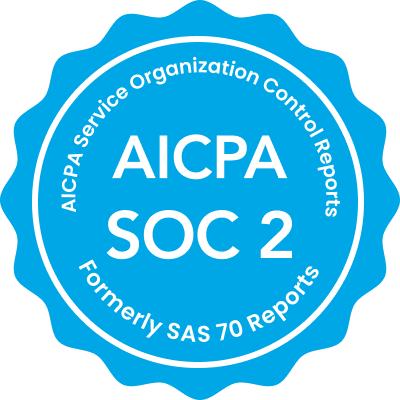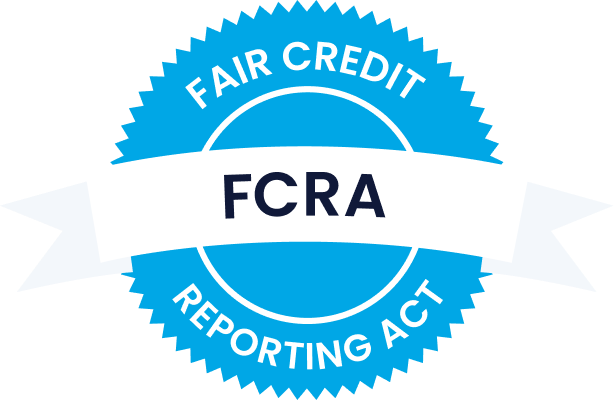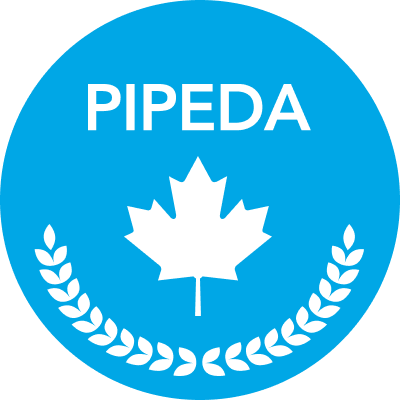Benefits Of Fixed-Term Agreements
- The rent amount is fixed
- Lease terms are fixed
- Occupancy is guaranteed for the duration of the agreement
Fixed Term Tenancy
A fixed-term tenancy has a specified start date and termination date. Fixed-term leases usually range from six months to one year. At the end of a fixed term, the tenant and the landlord would have to decide if they would like to continue the tenancy. The tenant will either vacate the property or can transition to a month-to-month tenancy.
Benefits Of Periodic Contracts
- Lease terms are easily adjustable
- Tenants do not have to wait for the expiry of the agreement to move out
Periodic Tenancy
A periodic tenancy has a specified start date but does not have an expiration date. Periodic agreement terms are provided on a monthly basis and these leases usually automatically renew at the end of each month.
If a landlord wants to increase the rent or the tenant wants to move out, proper written notice must be provided. Learn more about the rent increase guidelines of each province and territory here.
Conclusion: Choosing Between Fixed Tenancy And Periodic Tenancy
Overall, the type of tenancy you choose can depend on your priorities and what you are comfortable with. If you’re looking for flexibility, a periodic tenancy would be more suitable.
On the other hand, a fixed tenancy vs periodic tenancy would be more favorable if you are looking for increased financial security. Each agreement term has its pros and cons. Choosing between fixed-term and periodic tenancies comes down to what works best for the landlord and tenant.





